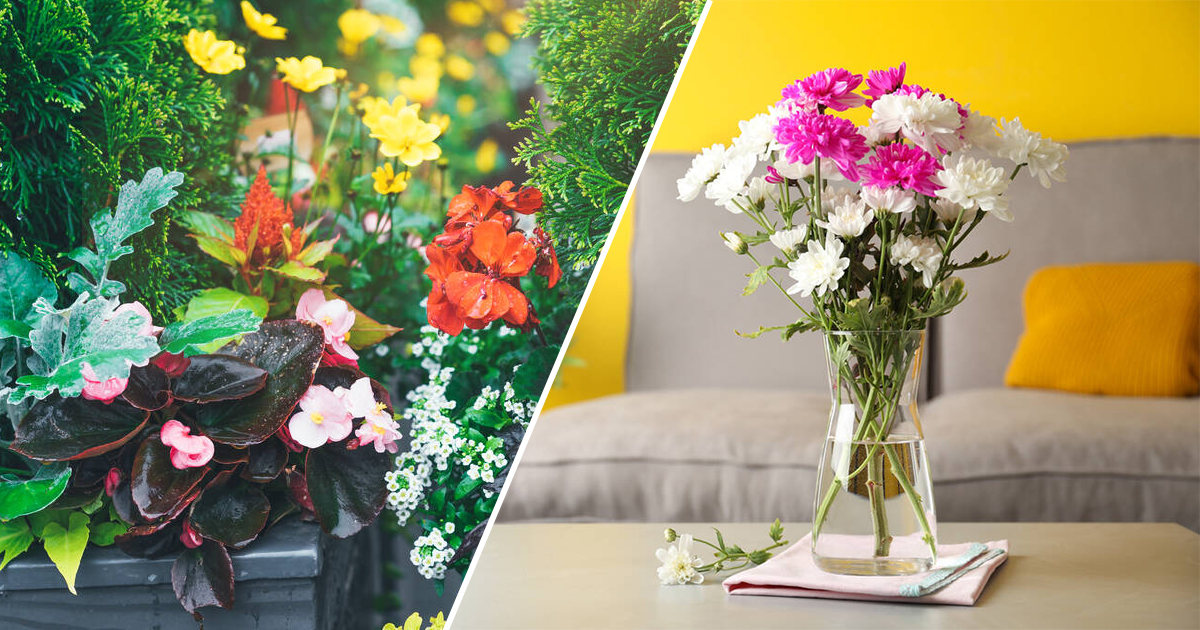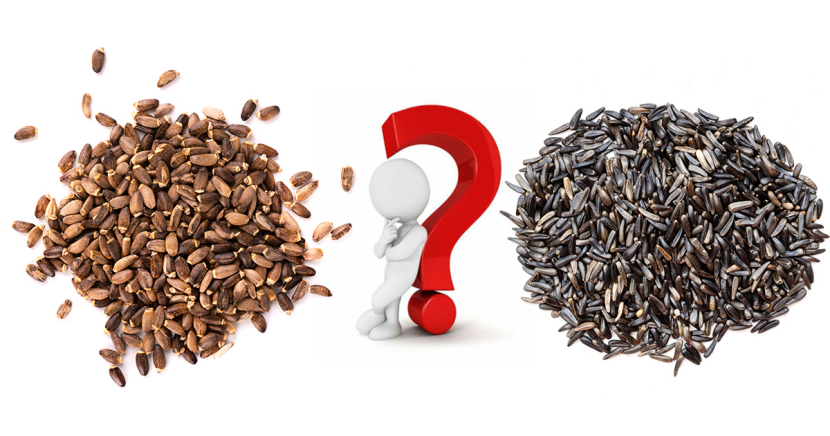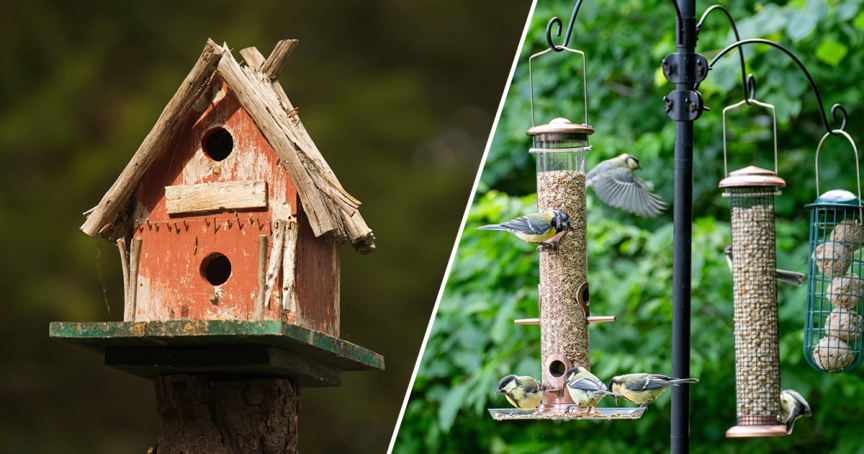As people increasingly value environmental protection and green living, hydroponic plants have become an integral part of modern home gardening. Especially when we want to attract birds to our yards, hydroponics provides a convenient and efficient way to grow flowers that can attract beautiful birds like hummingbirds. In this article, we will explore the differences between outdoor and indoor hydroponics, the feasibility of outdoor hydroponic flowers, and which flowers are best for attracting hummingbirds.
1. Differences Between Outdoor Hydroponics and Indoor Hydroponics
Advantages of Outdoor Hydroponics
Outdoor hydroponics not only provides more space for planting but also benefits from natural light, temperature, and air circulation to promote plant growth. The advantages of outdoor hydroponics include:
- Abundant sunlight: Outdoor lighting conditions are usually better, making it ideal for many plants, especially those that need plenty of sunlight.
- Natural air circulation: Outdoors, plants have better air circulation, which helps prevent pests and supports healthy plant growth.
- More space: Outdoor spaces allow for larger hydroponic systems, which can support more diverse plantings, including climbing plants.
Disadvantages of Outdoor Hydroponics
While outdoor hydroponics offers many benefits, there are also some drawbacks:
- Temperature fluctuations: Outdoor systems are more susceptible to weather changes, particularly extreme temperatures (cold or hot), which can affect plant growth.
- Water quality control: Outdoor water sources may be contaminated or contain minerals unsuitable for plant growth, requiring regular checks and adjustments.
- Pest problems: While air circulation is better, outdoor environments are more prone to pest invasions, which may require additional pest control measures.
Advantages of Indoor Hydroponics
In contrast to outdoor hydroponics, indoor systems are more controlled, with the following main benefits:
- Adjustable temperature and humidity: Indoor environments are more stable and less affected by seasonal changes or extreme weather.
- No pest issues: Indoor environments are less likely to attract pests, reducing the risk of plant diseases.
- High ornamental value: Indoor hydroponic plants add greenery and beauty to your home, making them highly decorative.
Disadvantages of Indoor Hydroponics
However, indoor hydroponics also has its limitations:
- Insufficient natural light: Most indoor environments receive less natural light, and supplemental lighting may be needed to meet the plants' needs.
- Limited space: Due to the smaller size of indoor spaces, the scale of the hydroponic system is limited, making it difficult to grow too many plants.
2. Feasibility of Outdoor Hydroponic Flowers
According to the hydroponic plant guide, different flowers perform differently in a hydroponic environment. Most flowers thrive in outdoor hydroponic systems, especially those that are cold- or heat-tolerant or require a lot of sunlight. Hydroponic systems ensure that plants'roots are well-supported and free from the issues of soil-borne pests and weeds, thus reducing growth burdens.

However, selecting suitable flowers for hydroponics is key. Flowers like red trumpet vine and torch lily are well-suited for hydroponic environments and can attract hummingbirds. Depending on the specific requirements of the hydroponic system (e.g., pH, CF, EC values), you can select the best flowers to ensure they thrive in your hydroponic setup.
3. Which Flowers Can Attract Hummingbirds?
Flowers that attract hummingbirds typically have bright colors (especially red, orange, and pink), long-shaped petals, and are rich in nectar. Here are some common flowers that attract hummingbirds:

- Trumpet Vine
Trumpet vines with red or orange flowers are very popular with hummingbirds. Their long, trumpet-shaped petals are perfect for hummingbirds to feed on nectar.
- Torch Lily (or Red Hot Poker)
This plant's bright red flowers attract hummingbirds, and its long flowers and rich nectar are ideal food for them.
- Morning Glory
Morning glories with bell-shaped flowers open in the morning. Hummingbirds love their colors and shapes, especially the red and purple varieties.
- Red Hummingbird Sage (or Autumn Sage)
This plant's red and orange small flowers attract hummingbirds, and it is drought-tolerant, making it perfect for sunny areas.
- Bee Balm
Bee balm attracts not only bees but also hummingbirds. Its red or pink flowers are easily accessible to hummingbirds.
- Trumpet Creeper
This plant's orange or red flowers are highly attractive, and hummingbirds love to feed on the nectar.
- Lantana
Lantana offers a variety of colors, and hummingbirds especially love its nectar. Its small, clustered flowers make it easy for hummingbirds to visit.
- Coral Honeysuckle
With small, long, and curved flowers, coral honeysuckle is ideal for hummingbirds to feed on.
- Hibiscus
These flowers are not only beautiful but also rich in nectar, making them highly attractive to hummingbirds.
- Fuchsia
Fuchsia's pendant flowers and rich nectar strongly attract hummingbirds, particularly during warmer seasons.
These flowers are suitable for planting in your garden or balcony, providing a food source for hummingbirds and encouraging them to visit. You can also combine hydroponics to grow some of these bird-friendly plants, making your garden both beautiful and practical!
4. Where to Learn More About Hydroponics?
If you're interested in learning more about hydroponic techniques and choosing suitable plants, you can explore the following resources:
- Online Hydroponic Communities and Forums: Websites like PonicsLife provide tips and resources on hydroponics.
- YouTube Tutorials: Many hydroponic experts and gardening enthusiasts share their experiences and tutorials on YouTube, offering visual guides on setting up and maintaining hydroponic systems.
- Books and E-books: Many books specialize in hydroponic techniques, such as The Hydroponic Gardener's Guide, perfect for in-depth study.
With these resources, you'll be better equipped to understand how to set up and maintain hydroponic systems and choose the best plants to attract birds, particularly hummingbirds, to your garden.




Leave a comment
All comments are moderated before being published.
This site is protected by hCaptcha and the hCaptcha Privacy Policy and Terms of Service apply.